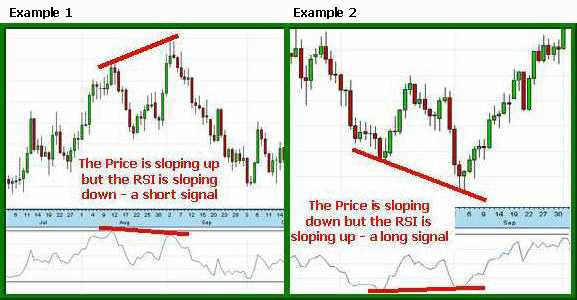Trading System: Paper Trade
Even when you have thoroughly tested your trading system, you will need to get comfortable with using it. You can do this by paper trading until you feel you are ready to put real money in the market. Paper trading involves doing everything that your plan requires, with the exception of using actual money. It can give you the practical knowledge that your trading plan will be profitable, and it is a cross check that you have catered for all circumstances when trading in the markets.
Some people will argue that paper trading is ineffective and a waste of time, as it misses out what is arguably the most important aspect of trading, and that is your emotions and reaction to the market. If you do not test your emotions and your reactions to certain circumstances, then you do not know you will be able to do them when you actually trade. Certainly, when you start trading in earnest it will feel different from paper trading. Your mindset is probably the greatest influence that there is on your trading success.
Paper Trading and Simulated Trading
However, that’s no reason to dismiss paper trading out of hand, as it will also make sure that you are familiar with how to follow your plan. When you run a back test, you are somewhat isolated from each individual trade, and paper trading at least gives you the simulation in real time of the ebb and flow of the market and your account.
Adjustments To A Mechanical System
Many traders like to have a little bit of manual control over their mechanical system. This normally works fine but remember not to make to many adjustments. You don’t want to violate the main principles and elements of the system’s structure. Finding a balance that works for you is the key.
Adjustments could include closing a position before your system says so. For example you may want to do that if a big interest rate decision is coming up and you don’t want to risk keeping a trade open going into it.
For me, the biggest adjustment that I make is not trading every signal that my system says to. I often screen them and choose only the best signals (in my opinion). When my system’s signals and fundamental views align, I make the trade.
An Example Of A Mechanical Trading System
The Relative Strength Index (RSI) is one of the best known indicators. It compares upward movements in price to downward movements over a selected time, usually 14 periods. It is seen as a leading indicator i.e. price will eventually follow the RSI’s lead.
So, my system looks for RSI and price divergence signals. It’s a popular signal, used by many traders. Following my guidelines that I described in Part I, I’ll run through how I trade this system.
Step 1: Select timeframe
Mostly, I don’t have the time to be looking at the trading screens throughout the day. So I set my charts to ‘daily’.
Step 2: Define entry rules
What I’m looking for is a divergence between the price trend and the trend in the RSI. Or, as shown in the chart, I’m trying to find a situation a line between two relatively close extreme price points slope one way and the corresponding RSI line slopes the other way. So, in Example 1, the two high price points are sloping up and the RSI is sloping down. When this happens, as RSI is a leading indicator, the theory says the price will tend to follow the direction of the RSI slope, so it’s a ‘time to go short’ signal.
Example 2 shows the opposite situation which of course generates a long signal.
Step 3: Define exit rules
Here’s my exit rules:
- I set my stop loss order at 5% of my available trading funds. If my trading capital were €10,000 then I would be willing to lose €500 on each trade. If I wanted to set my stop loss order to be 100 points away from where the current price level is, then I would trade €5 per point.
- I set my limit profit order at 1.5 times my stop loss order level. In this example, this would mean that I would set my limit profit order level 150 points away.
- I feel that after five trading days my RSI divergence signal is gone. So if neither order is hit by then I close the trade.
That is all there to this mechanical trading system. It’s simple really, and there’s the beauty. Mechanical systems don’t have to be complicated to be profitable.



Join the discussion